Just as monarch butterflies are leaving their overwintering sites in Mexico, the 2024 wildflower season is starting to bloom into its full bounty.
Reports from Mexico had monarchs completely vacating their roosts in the mountains west of Mexico City this week.
“Over the past week and weekend, the hibernation season of our remarkable monarch butterflies drew to a close, marking the beginning of their long journey north,” reported longtime correspondent Estela Romero in a March 12 dispatch titled “Season’s Farewell” for Journey North, a monarch butterfly conservation and migration tracking organization.
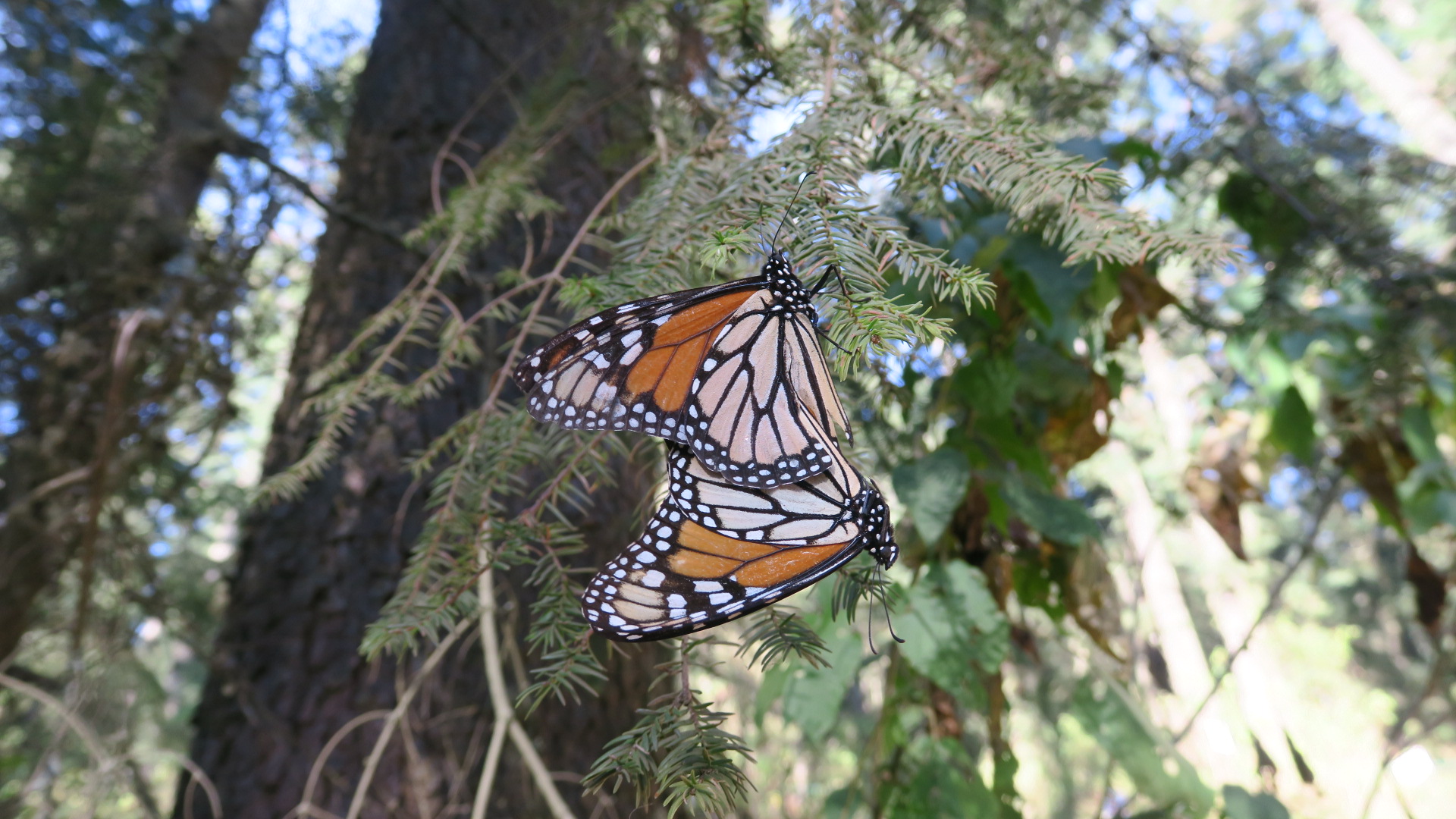
Monarch butterflies mate before heading north from their overwintering sites in Mexico. Photo by Estela Romero, Journey North
Romero mentioned drought and frost as likely reasons for the “scant nectar” available at the roosting sites. Monarchs utilize the sugary flower syrup to power their flight for their migration north.
Fortunately, plenty of blooms await them in Texas.
Peak wildflower season usually occurs in early April, but like the monarch butterflies, it seems to be arriving early this year, according to Andrea DeLong Amaya, director of horticulture at the Lady Bird Johnson Wildflower Center in Austin.
Along the highways and back roads where the the asphalt reflects heat, bluebonnets, the state flower of Texas, are making an early and dramatic appearance.
Milkweed, the only plant on which monarchs can lay the initial round of eggs that will launch the first generation of butterflies in their multi generational migration, is showing up in some parts, but is absent in others.
A recent drive from Mason, Texas, to Fredericksburg in the Hill Country had the upright purple blossoms of bluebonnets lining the pavement’s edge on Highway 87. Asters, phlox, prairie verbena and Indian blanket were less abundant, but threaded through the flower blanket between the road and private property fences. No milkweed was visible.
“On a scale from one to 10, this year looks like it could be an eight, for bluebonnets in particular, if not even better,” said DeLong Amaya. “It’ll be a great year–always with the caveat that it’s weather dependent. If it stays dry, the party will shut down. A good rain in the next week or two should help.”
While the drought of last summer was tough on plants, it likely helped this spring’s wildflower display, according to Matt O’Toole, the Wildflower Center’s director of land management.
“When we have extreme weather the prior summer, we see some plant mortality, which reduces competition in the soil and creates space for spring blooming wildflowers,” O’Toole said in a February 21 press release.
Meg Inglis, executive director of the Native Plant Society of Texas, lives outside Dripping Springs. She agreed that drought, while damaging, can also help native plants.
“Alot of grasses were beaten back by the drought. When the grasses die back, that gives light and space for the annuals like bluebonnets to move in,” she explained, adding that “the opportunity is there because they’re not crowded out by other plants at this point.”
The Texas Department of Transportation sows an estimated 30,000 pounds of wildflower seed at a budgeted cost of $60,000 per year, according to Tanya Brown, an agency spokesperson for TXDOT. Visitors from all over the U.S. travel here to join locals in enjoying the colorful display that erupts each spring.
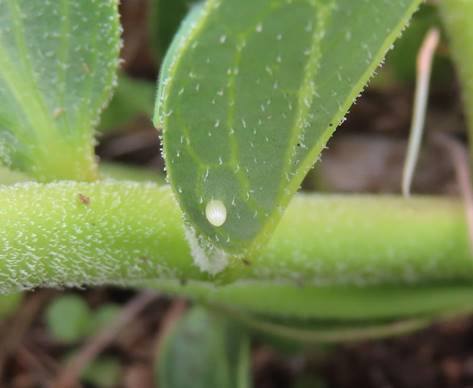
Chuck Patterson spotted this egg and 105 others on a recent hike in Driftwood, Texas. –Photo courtesy Chuck Patterson
Apart from their showy flowers, native plants and wildflowers fuel the ecosystem by conserving water, controlling erosion, and providing habitat and food for wildlife.
Bluebonnets, a type of legume, are nitrogen fixers and contribute to improving the soil by making nitrogen, an essential element for plant growth, available.
Interestingly, if you see red coloration on a bluebonnet, it means that particular flower has aged and is less attractive to bees and other pollinators, which are drawn to the bullseye of the younger white flowers closer to the top of the plant. There, the pollen and nectar are more abundant.
TXDOT has been managing roadsides for wildflowers since the 1930s when the state agency hired landscape architect Jac Gubbels to maintain, preserve, and encourage wildflowers and other native plants along rights of way. The wildflower management approach has been in place since 1934.
For a free, 170-page “Grass, Weed and Wildflower Guide” to assist those interested in identifying plants, check out TXDOT’s website.
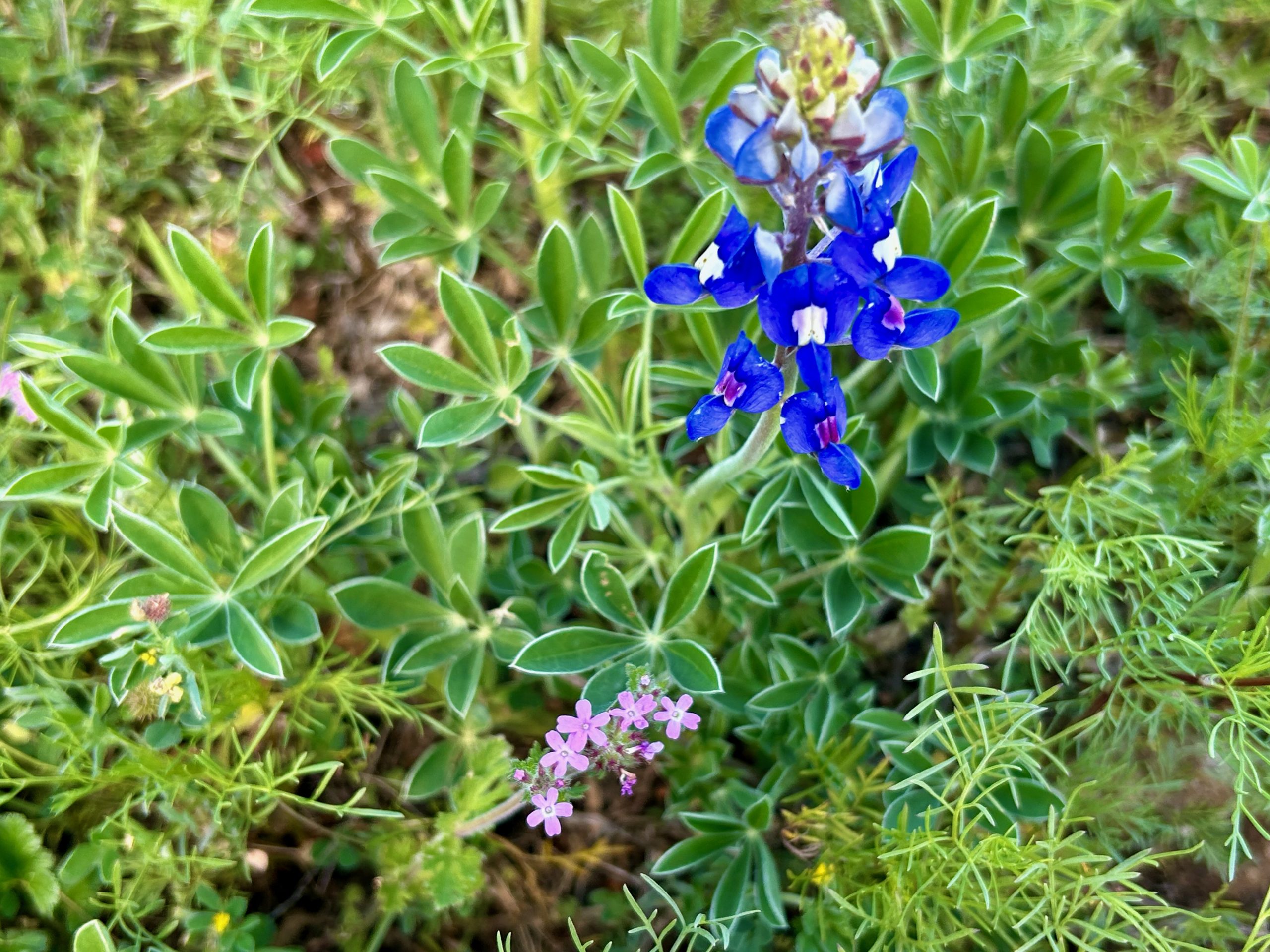
Did you know? Red or pink petals on bluebonnets mean that particular flower is old and offers less pollen to busy bees. –Photo by Monika Maeckle
The Ladybird Johnson Wildflower Center offers a useful online resource that directs visitors to the best drives for enjoying the seasonal displays. Appropriately labeled “Honey, Stop the Car,” the webpage details seven different wildflower drives, from the Panhandle to the Big Bend. For more general wildflower info, see their Texas Wildflower Central page.
For those planning a wildflower viewing trip, social media is another good option for checking out current conditions.
“Interstate 37 south of San Antonio to at least exit 125, especially just north of there, is loaded with bluebonnets and other wildflowers on either side of the interstate,” wrote Leza Davis Cutforth in a March 12 Facebook post on the 28,000-member Texas Bluebonnets and Wildflowers page. Another timely Facebook option: the Bluebonnets of Texas page.
On X, formerly Twitter, Traces of Texas posted on March 11 that “The bluebonnets are already out in George West, Texas.” Followers responded with enthusiastic reports of bluebonnet sightings elsewhere in the Lone Star state.
A search of the hashtag #bluebonnetseason on Instagram, returns myriad snapshots of the classic spring poses: couples hugging in a field of bluebonnets, dramatic sunsets against a backdrop of bluebonnets, and reluctant dogs forced to pose in a mass of bluebonnets.
“I really don’t like sitting down on this stuff, Daddy!” posted Badger the Blue Merle on Instagram, when his owner insisted the canine sit in a field of the purple legumes.
TOP PHOTO: Bluebonnets line Highway 87 between Mason and Fredericksburg in the Texas Hill country. –Photo by Monika Maeckle
Related posts:
- No monarchs yet, but Red Admirals fluttering through Texas
- Clammyweed named 2024 Pollinator Plant of the Year
- Pollinatives, San Antonio’s second native plant nursery, results from couple’s retirement “deal”
- Mostly native urban pollinator garden outperforms lawn every time
- Flower “bed” works overtime as bachelor pad for solitary bees
- Trinational friendship garden woos pollinators and their fans to Confluence Park
- Doug Tallamy proposes crowdsourcing a homegrown national park: Who’s in?
- How to plan a successful butterfly and pollinator garden
- Mostly native butterfly garden outperforms lawn every time
- A year in the life of an urban butterfly gardenDowntown River walk plot converts to pollinator garden, creature haven
Like what you’re reading? Don’t miss a single article from the Texas Butterfly Ranch. Sign up for email delivery at the bottom of this page, like us on Facebook, follow us on Twitter, @monikam or on Instagram.

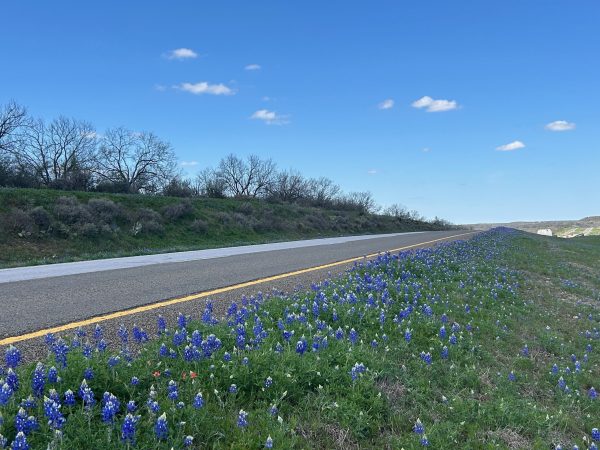
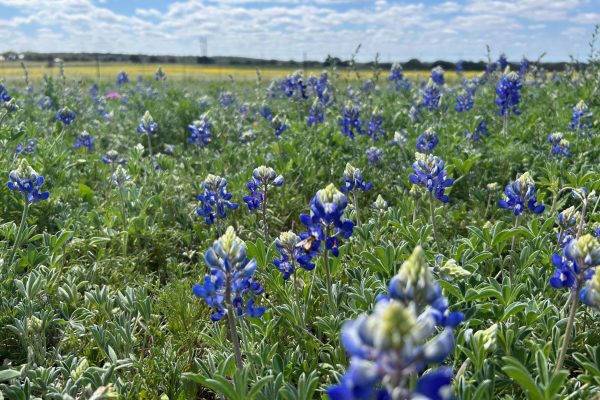
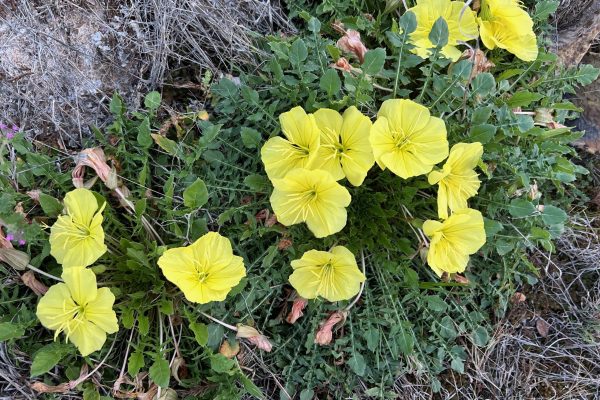
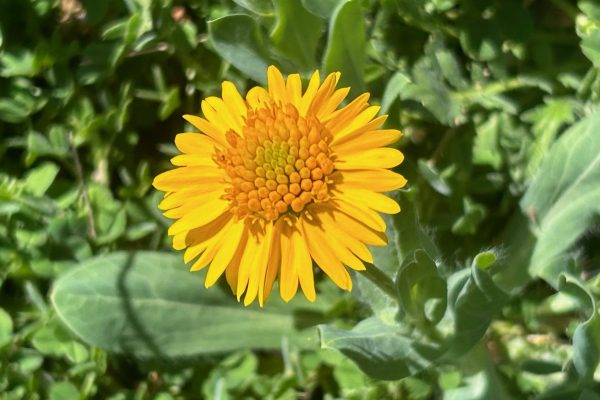
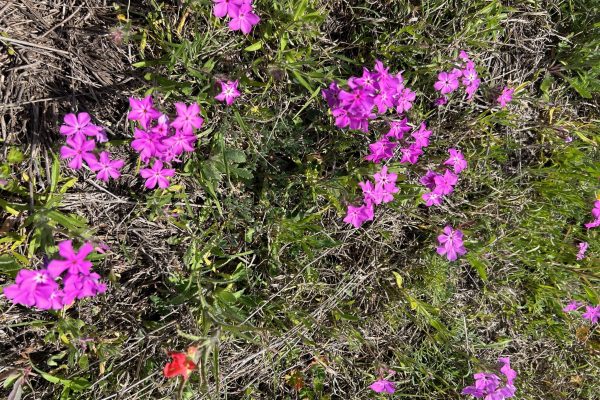
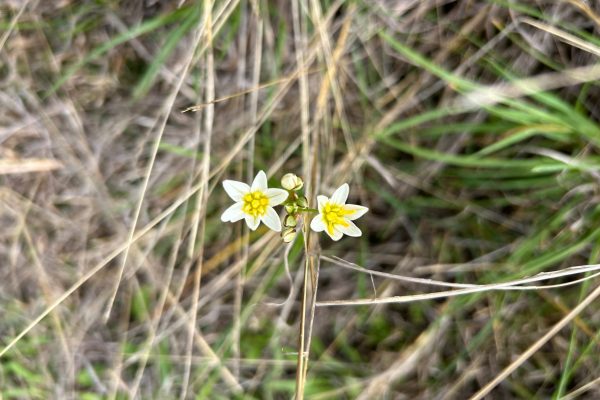
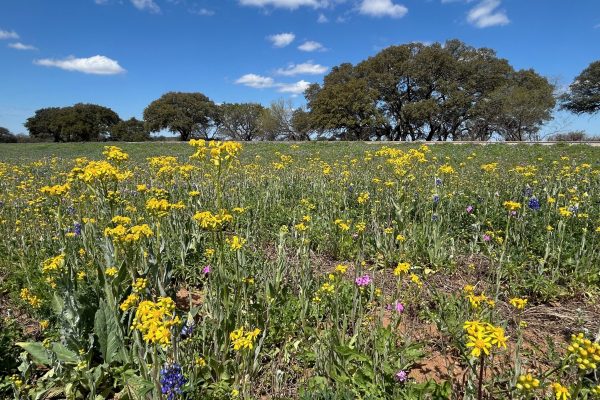
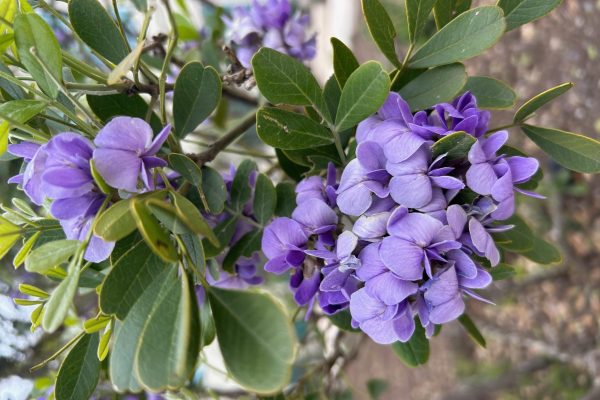
Thank you Monika! Your post made me smile…..and laugh, not an easy thing to do in this world today! The photo of
Badger The Blue Merel is priceless! My dog does the same thing!
Planting milkweed and other plants for butterflies
Great information excpecially about the older blue bonnets how they pollen is reduce by how old the flower is😊
I always wondered about it. Finally ask bu friends at LBJ Wildflower Center. Fun fact to know and tell! —MM